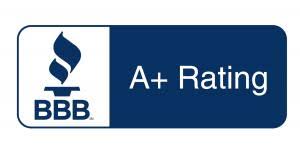How Car Loans are Handled in Chapter 7
Most new clients are understandably concerned about whether they will be able to keep their cars or trucks when they file bankruptcy. The simple answer we give clients is that we guarantee they will be able to keep their vehicles, and this is absolutely the case so long as the client files the right type of bankruptcy. This page will provide a little more detail about how car payments are treated in chapter 7.
When a client files chapter 7 bankruptcy with a car loan, they must decide whether they wish to keep their vehicle. Although most debtors wish to keep their vehicles and pay their loans, that’s not always the case. Some people recognize their loans are unaffordable and simply want to give up their vehicles and that is often a smart decision. Chapter 7 does allow clients the option to surrender their cars and discharge their loans.
For clients who wish to keep their cars, the loan most be “reaffirmed” with the lender. A reaffirmation is an agreement between the debtor and the lender that basically says the debtor wishes to retain the vehicle and is willing to pay the loan according to its original terms. If the debtor does not sign a reaffirmation agreement, the lender could argue that they have the right to repossess the vehicle even if payments are current. Reaffirmation agreements are routine documents filed in chapter 7 cases.
Reaffirmation agreements are risky if the debtor owes more on the vehicle than it is worth or has a high interest rate. If the vehicle is involved in an accident after the bankruptcy or has major mechanical issues, the debtor could get stuck owing thousands of dollars on a car they can’t drive any more. We always review with our clients the pros and cons of reaffirmation.







